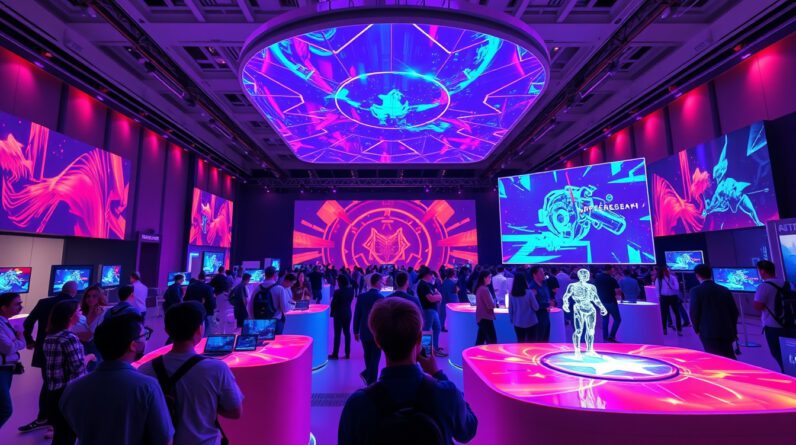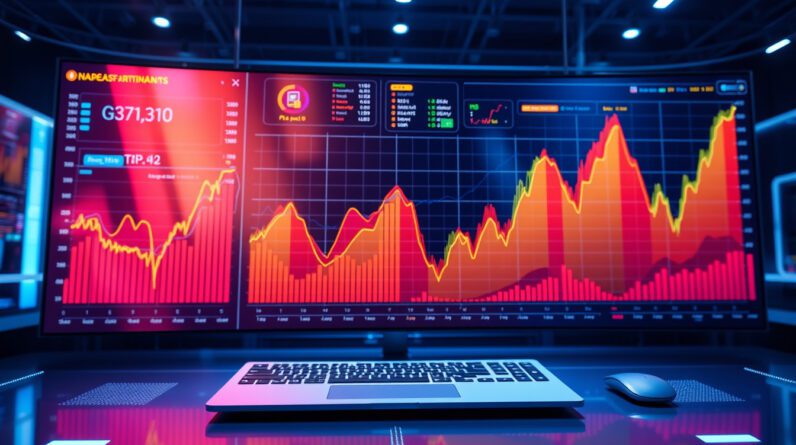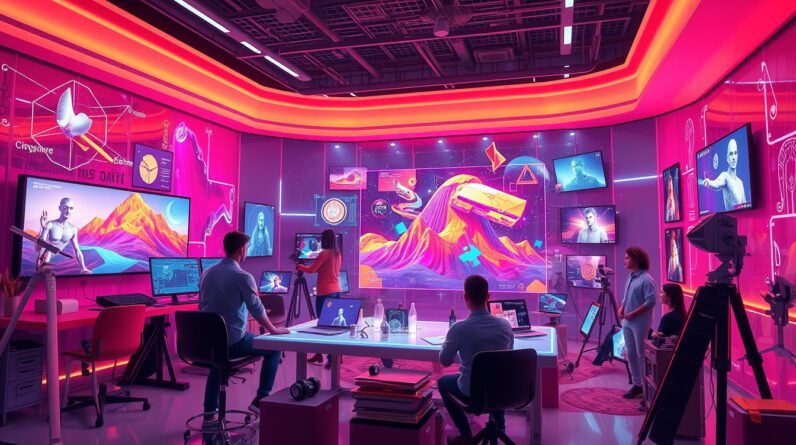
On-Board AI: The Future of Efficient Graphics Processing
The Current State of Graphics Cards and Power Consumption
Graphics cards have become essential components for a wide range of applications, from gaming and multimedia editing to artificial intelligence (AI) workloads and scientific simulations. However, the increasing demand for graphical processing power has come at a cost: power consumption. High-end graphics cards can consume hundreds of watts, leading to higher electricity bills and concerns about environmental impact.
This power consumption issue is particularly relevant in the context of AI, where the training and deployment of complex models require vast amounts of computational power. As AI becomes more integrated into our lives, finding ways to reduce its energy footprint is crucial for both sustainability and cost-effectiveness.
On-Board AI: A Potential Solution
One promising avenue for reducing graphics card power consumption lies in the integration of artificial intelligence directly onto the graphics processing unit (GPU) itself. This concept, known as on-board AI or AI acceleration, leverages dedicated AI hardware on the GPU to handle specific tasks more efficiently than traditional processing methods.
On-board AI can take several forms, including:
- Tensor Cores: Specialized processing units designed for matrix multiplication, a fundamental operation in deep learning algorithms.
- AI Inference Accelerators: Dedicated hardware optimized for running trained AI models efficiently.
- Deep Learning Boost (DLSS): A technology that uses AI to upscale lower-resolution images to higher resolutions, reducing the rendering workload on the GPU.
How On-Board AI Reduces Power Consumption
On-board AI reduces power consumption by enabling the following:
- Workload Optimization: By offloading specific AI tasks to dedicated hardware, on-board AI frees up the GPU’s general-purpose cores to handle other tasks. This division of labor allows the GPU to operate more efficiently overall.
- Algorithmic Efficiency: AI algorithms themselves can be optimized to run more efficiently on the dedicated AI hardware. This optimization can involve using lower-precision arithmetic or leveraging specialized data compression techniques.
- Reduced Data Movement: On-board AI allows for processing data closer to where it’s stored on the GPU, minimizing the energy-intensive movement of data between different memory locations.
Potential Benefits and Implications
The widespread adoption of on-board AI in graphics cards could have several significant benefits:
- Reduced Energy Consumption: By optimizing AI workloads, on-board AI can significantly reduce the overall power consumption of graphics cards. This reduction translates into lower electricity bills for consumers and a smaller carbon footprint for data centers.
- Improved Performance: Despite reducing power consumption, on-board AI can actually enhance performance in AI-powered applications. Dedicated hardware and optimized algorithms allow for faster processing and quicker results.
- New Possibilities for AI: As on-board AI becomes more powerful and efficient, it could enable the development and deployment of more sophisticated AI models on consumer-grade devices. This advancement opens up new possibilities for AI-driven applications in areas such as gaming, content creation, and everyday tasks.
Challenges and Future Directions
While the potential of on-board AI for reducing graphics card power consumption is undeniable, several challenges need to be addressed:
- Hardware Costs: Integrating dedicated AI hardware onto GPUs adds to their manufacturing cost, potentially making them more expensive for consumers.
- Software Support: For on-board AI to be effective, software developers need to optimize their applications to take advantage of the dedicated hardware. This optimization requires industry collaboration and standardization.
- Ethical Considerations: As with any powerful technology, the use of on-board AI raises ethical considerations. It’s important to ensure that AI acceleration is used responsibly and does not contribute to bias or other societal harms.
Looking ahead, the development of on-board AI is likely to focus on:
- Increased Efficiency: Researchers and engineers are constantly working to improve the efficiency of AI algorithms and dedicated hardware. These improvements will further reduce power consumption and boost performance.
- New Applications: As on-board AI becomes more powerful, it will enable new applications in areas such as real-time language translation, advanced image and video editing, and personalized healthcare monitoring.
- Integration with Other Technologies: On-board AI is likely to be integrated with other emerging technologies, such as cloud computing and edge computing, to create more powerful and efficient computing ecosystems.
Conclusion
On-board AI has the potential to revolutionize the way graphics cards consume power, making them more efficient and environmentally friendly without compromising performance. As this technology matures, we can expect to see its benefits extend to a wide range of applications, paving the way for a future where powerful computing is both accessible and sustainable.




